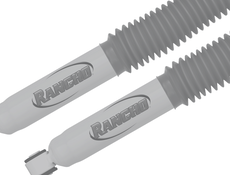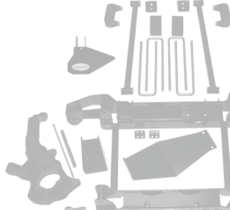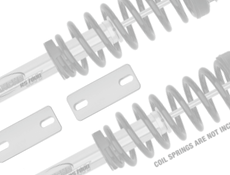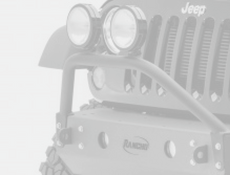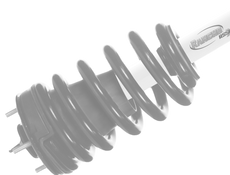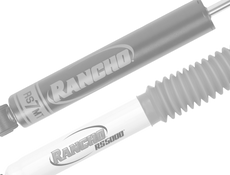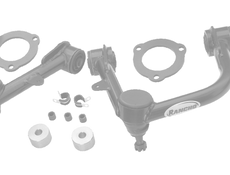Should You Rotate Your Full-Size Spare Tire?
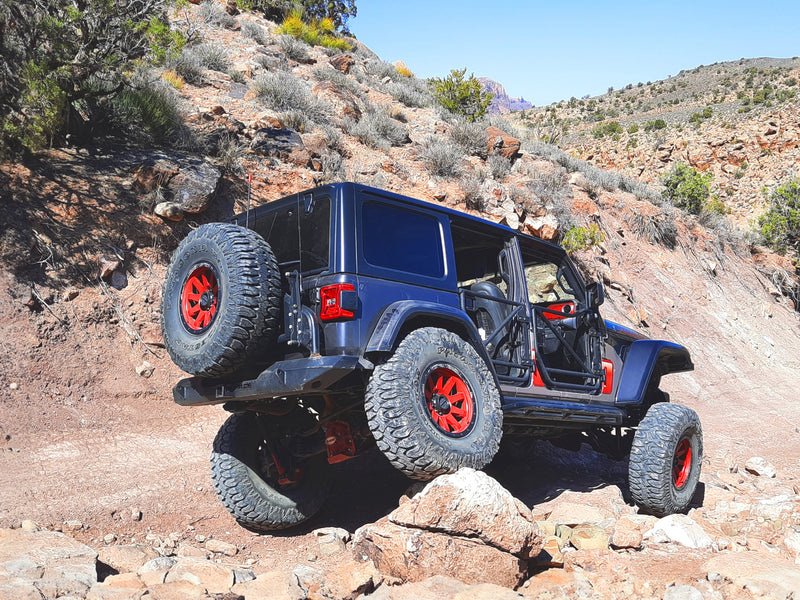
Why Rotating Tires Is Important
As you drive down the road or trail, every tire is subjected to different types and levels of force which can cause different wear patterns and rates. Rotating your tires has many benefits:
Longer Lifespan for Tires – Tires with uneven tread wear not only wear out faster but they can also cause vibration that can damage the parts of the suspension system. Regular rotations can help extend the life of the tires and other parts of the vehicle.
Smooth Ride – Rotating your tires helps maintain an even amount of tread on all the tires. Tires that are evenly worn can contribute to a smooth and comfortable ride.
Maintain Grip – By maintaining even wear on all tires, it can help your vehicle retain its grip on the road. This can help when turning, stopping and driving in rainy and snowy conditions.
Enhanced Gas Mileage – Unevenly worn tires are unable to maintain balanced contact with the road which means the engine must work harder and more use more fuel to power the vehicle.
How Often Should Tires Be Rotated?
In general, you should rotate your tires every 5,000 to 8,000 miles. Check your owner’s manual for the recommendation for your vehicle and keep in mind that your driving habits may affect how often you have this service done. A good guide is to have the tires rotated when you get an oil change.

What About The Spare Tire?
On many hardworking SUVs and trucks, the vehicle comes equipped with a full-size spare tire. For vehicles like the Jeep Wrangler and Gladiator, Ford Bronco, and Toyota Tacoma the question becomes if to include the spare tire in the tire rotation process. With two schools of thought, this is a topic that can stir up a spirited discussion. To help you make the right decision for your vehicle, learn the pros and cons of rotating the spare tire and not rotating the spare tire.

Rotating The Spare Tire
Whether you’re driving down the highway or rock crawling on your favorite trail, you never know when you might have to use the spare tire. Including the spare tire in the rotation schedule helps ensure that all the tires on your rig have even tire wear.
Pros
- Even Tire Wear – For many vehicles, even a small difference in tire width can affect the performance and the wear rate of all the tires. Maintain even tire wear by rotating the spare tire.
- No Change in Gearing – When all the tires are the same size there is no change in gearing when in 4WD.
- Consistent Performance – Ensure the all the tires spin at the same speed by rotating the spare tire. If the spare is a different size and you need to use it in 4WD, the small tire (spare) will spin at a different speed and cause the vehicle to lurch.
Cons
- Costly – If you rotate the spare tire, you’ll have to buy five tires at your next tire change. However, if you stay with the same tire size and brand/type at your next tire change, you may save some money by not having to buy a spare tire.
- Hard to Move – If you have big tires, it can be difficult to move the spare off the rear tire carrier. For tires larger than 38", it may take two people to get the tire on and off the spare tire carrier.

Not Rotating the Spare Tire
For those that are on the other side of the argument, saving money and time are the main motivators for not using the spare when rotating the tires.
Pros
- Saves Money – By not using the spare tire, you only need to buy four tires at your next tire change.
- Easier – It’s easier and faster to rotate the tires when you take the spare tire out of the process.
Cons
- Reduced Performance – If you need to use the spare tire, you could experience reduced performance due to the tread wear being different on the tires.
- Could Be Costly – In the long run, not using the spare could still cost you money. If you decide to get bigger tires, you’ll still have to buy a new spare tire. Also, at some point that rear tire will rot out and you’ll have to replace it. You’ll have the expense of the new tire and theoretically some money loss from not using the old spare tire.
- Not a New Tire – Despite looks, a spare tire that has been sitting dormant on your spare tire carrier is not a new tire. Tires age regardless of use. While the tire may look new, it could fail when used in an emergency due to not being used.
Learn more about performance shocks, find your performance suspension part, or find where to buy your shock or suspension part today.
The content in this article is for informational purposes only. You should consult with a certified technician or mechanic if you have questions relating to any of the topics covered herein. Tenneco will not be liable for any loss or damage caused by your reliance on any content.
